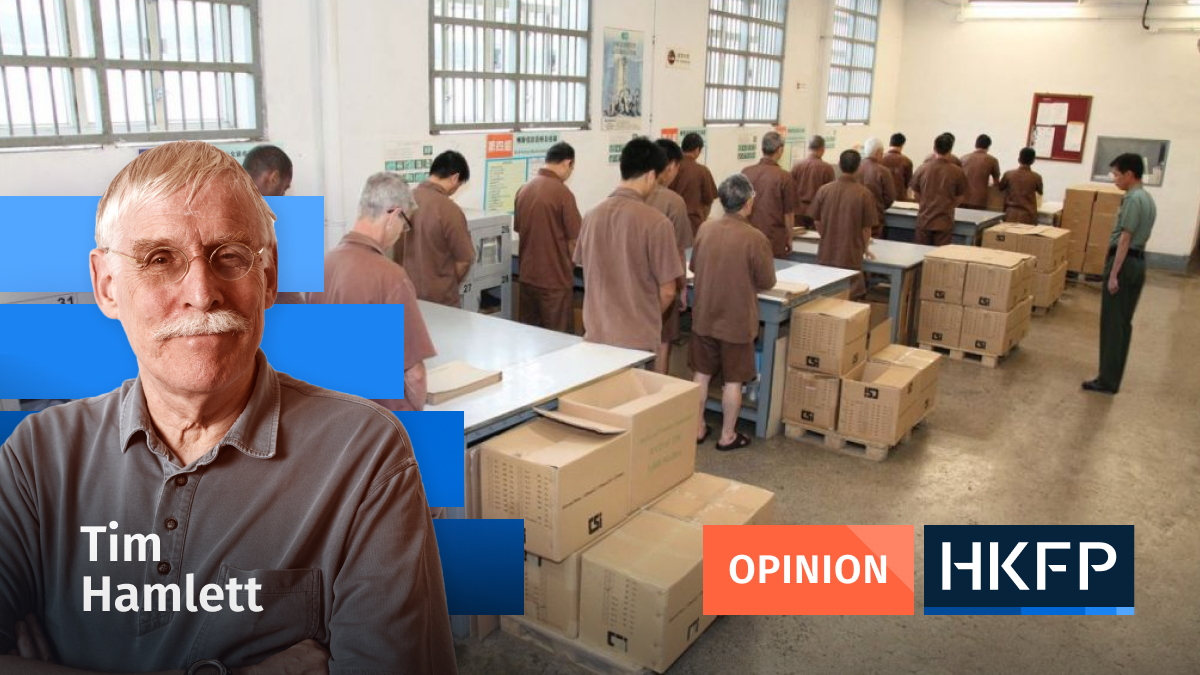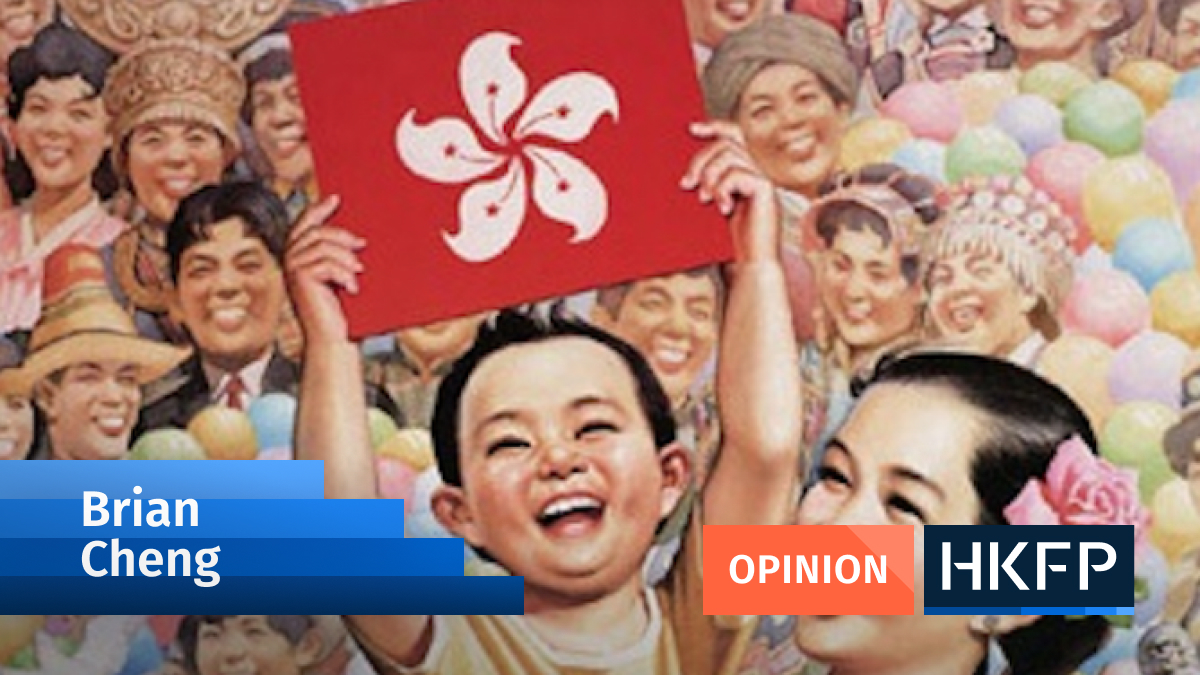Indulge me. Imagine – hypothetically speaking, not for real – that in a distant galaxy long, long ago, three young people go off to exercise their right to free assembly.
Imagine further that, as with any demonstration anywhere, they decide to show solidarity with the cause by dressing in the same colour – black, say – as others joining the demonstration. And let’s suppose, just hypothetically, that they regard the law enforcement agencies as – well, stormtroopers – so bring along some tools of self-defence – respirators, say.
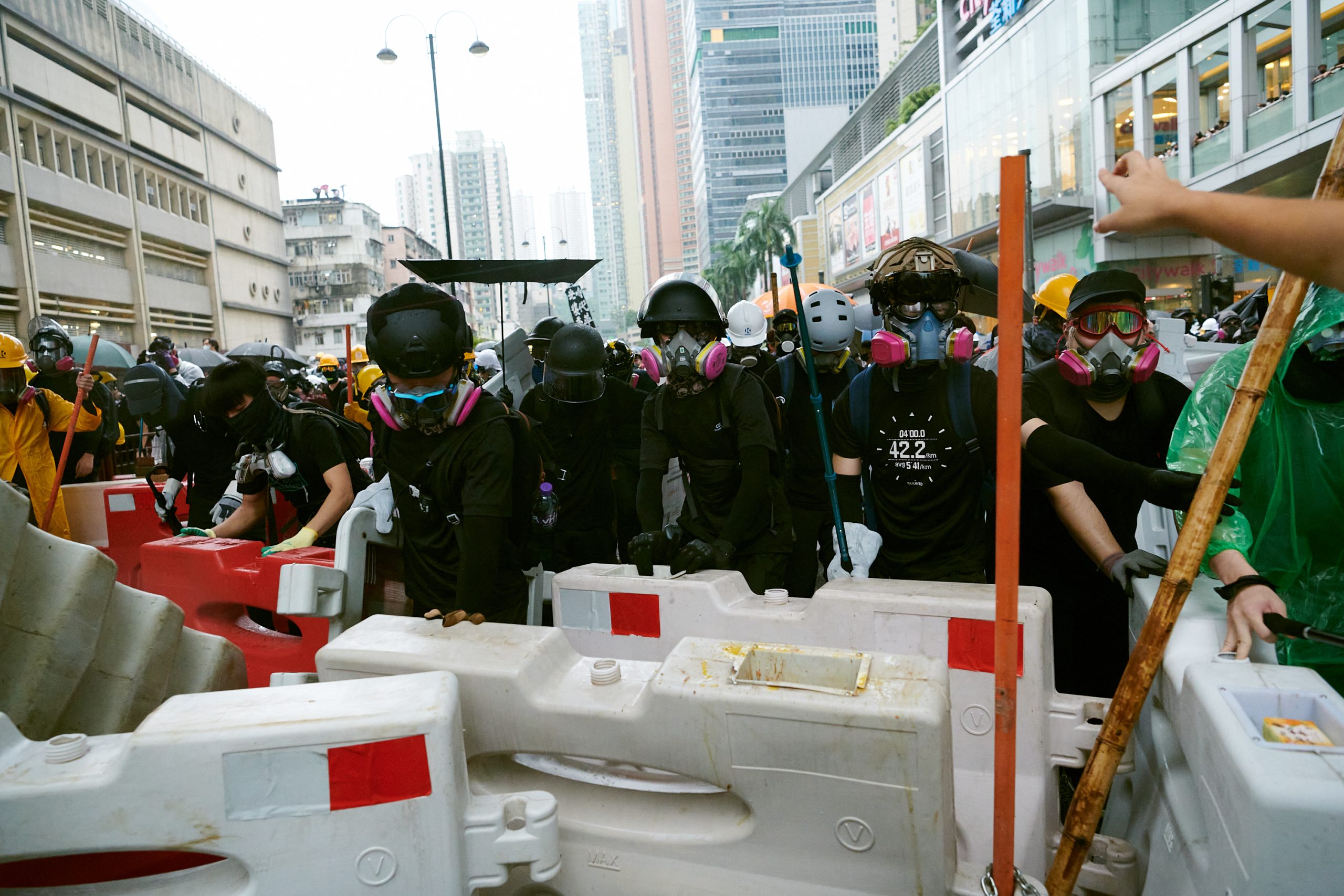
Imagine further that, in the course of the demonstration, things become a little het up, passions run high, and it becomes apparent that a confrontation is imminent. Our three friends want no part of that confrontation, but find themselves stuck in the no man’s land between angry demonstrators on the one side, and armed law enforcement officers on the other.
The only way out is sideways, over pedestrian railings. These railings are difficult to hurdle – they’re designed to stop pedestrians in normal days from vaulting over them and into oncoming traffic – and our three friends struggle to vault.
There I will leave them.

The bigger picture starts thus. The vast majority of that galaxy’s prison inmates will at some future time become tomorrow’s next-door neighbours. Its prison system must combine, therefore, a certain level of unpleasantness to deter criminals from returning, along with a certain amount of support and kindness so that they don’t need or feel the urge to do so.
The best way to achieve that balancing act is to send people to prison only when there is no alternative. The judiciary recognises that: a fine or community service is preferred to a custodial sentence. A person found guilty but who is remorseful will receive a lesser sentence than one who is not, because the remorseful one is more likely to reform. On the other hand – rightly or wrongly – society expects and demands that prison should be a punishment, and that the punishment should fit the crime. Thus, the same combination of punishment and reform underpins sentencing.
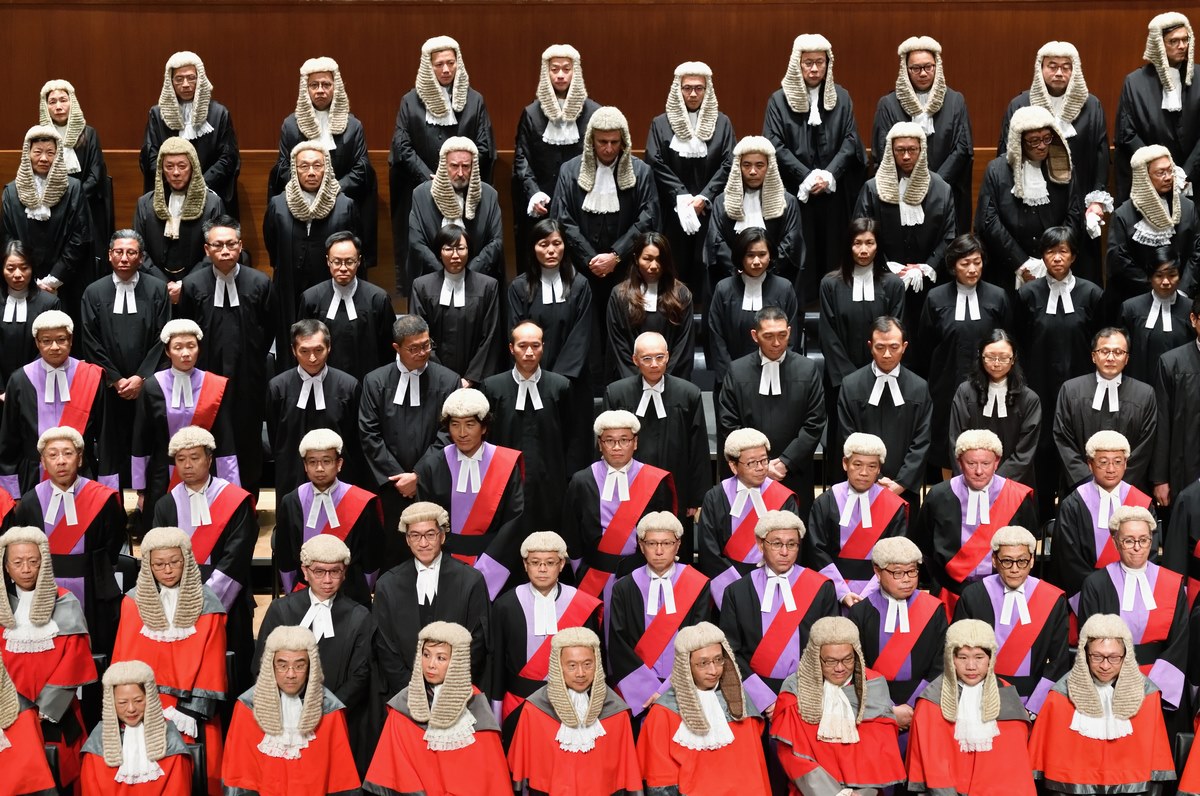
But, in this now very distant galaxy, the judiciary does more than mete out sentences; it dispenses justice. Justice demands not only that the punishment fits the crime, but that the crime with which a person is charged fits the facts. A driver who accidentally kills a jaywalker is quite different from a triad wielding a chopper. And in this respect, the judiciary serves a second vital function, which is to push back against the next link in the chain, the prosecution service.
Prosecution services everywhere must serve a number of Mammons – public opinion, public order and justice to name but a few. But, just as the judiciary must stand firm against a prosecutor who is over-eager, the prosecutor is expected to rein in law enforcement services. We humans are fragile and fallible, and the policeman who charges the careless driver with murder is, shall we say, overzealous.
And, on the street, the police are supposed to catch criminals, not to create them.

Back to our three protestors, caught in the moment, dressed in black, wearing respirators, with spares in their backpacks. Two straddle a pedestrian railing they hope to cross and the third guards their backs. They don’t move fast enough. They are arrested. Only a moment later, the demonstration boils over into a riot. The three protesters are charged with – for all practical purposes – being inappropriately attired in the vicinity of an imminent riot.
To some readers, this charge may sound entirely justified, to others, a little peculiar. To the first, remember that, in my description above, I stated that the protesters were attempting to flee the scene precisely because the situation was deteriorating and they didn’t want to remain part of it. Nevertheless, the police charge our trio with rioting.
The prosecution now faces the problem that the three were apprehended before the riot started, and some distance away from the riot. In happier times, a prosecutor would knock back the riot charges and go with some lesser crime such as illegal assembly or breach of the peace.
But, in our far distant galaxy, these are not happy times and the prosecutors are under severe political pressure. They blow the dust off a few legal tomes and uncover the slightly obscure legal doctrine of joint enterprise. No matter that the vast body of case law on that doctrine concerns murder in a riot, and that no one was murdered; the prosecutor has a constructed case.
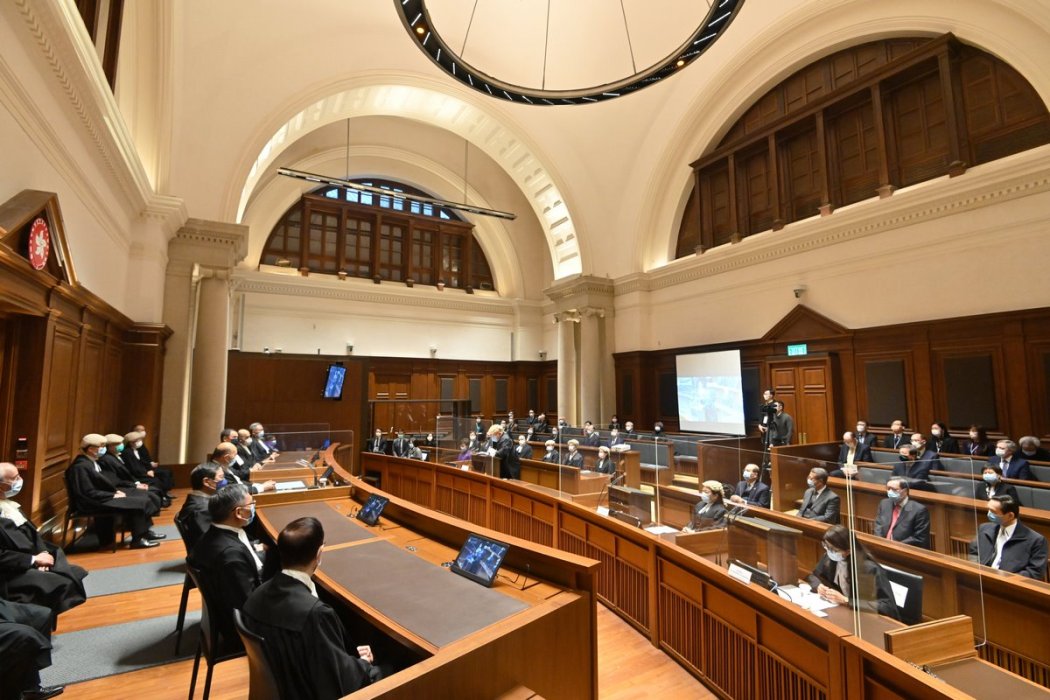
In this case, let’s say that the presiding judge goes with the facts. He sees that the three cannot have been rioting because the riot started after their arrest and at some (albeit small) distance away. He acquits them.
But that isn’t good enough for the prosecutor. To appeal the acquittals is lengthy and expensive so the prosecutor asks for a judicial opinion, and is duly granted one. A previous appellate judgement – in what some may describe as a brazen judicial overreach – had already brushed aside the annoying, specific exclusion of joint enterprise from the relevant ordinance, (para 37), and effectively took on the legislature’s job and rewrote the law. Joint enterprise, despite clear legislative intent, is applicable to riots.
Back to the judicial opinion. In this strange, through-the-looking-glass world, the judges determine that, as this is not an appeal, the current acquittal is irrelevant – and then recount it in detail. The learned justices then review the right to assembly and conclude that “conduct which disrupts or threatens to disrupt public order” (para 77, my emphasis) is not protected under that right.
As if threatening to disrupt public order doesn’t cast the net widely enough, bystanders who choose to remain at the scene as the demonstration degenerates into a riot are, by the justices’ logic (para 80) part of it, ignoring the fact that escape from such situations is often practically very difficult. But that needn’t distract us: even those not at the scene are part of it. Those who give a “like on Facebook” (yes, really – para 83) are deemed part of the riot.
Having dispensed with spatial, temporal and cyber distance as defences to the charge of rioting, the judges cheerfully conclude that the doctrine of joint enterprise applies to one and all. A couch potato who Whatsapps a lazy thumbs-up of support from Ouagadougou two years before the events that culminate in a riot is, on this count, as culpable as the man torching car tyres.

No matter that a 2016 Supreme Court case in the UK dialled back the joint enterprise doctrine (reports here and here), in which, to use the Supreme Court’s own language, “the law took a wrong turn.” The prosecutor now has the tool that it needs, and – in my made-up, far distant galaxy, of course, not in the real one – wields this now-weaponised part of the law with zeal.
Back here in the real world, of course, no such thing could possibly happen – well, apart from travesties such as this.
There’s more to justice than an independent judiciary. When the police charge a suspect with the maximum crime possible, when the prosecutor is complicit in that, when the standard of “beyond reasonable doubt” is a like on facebook or a choice of attire, and when prisons are consequently too overwhelmed to reform inmates, justice is crushed.
In a few years, those newly-minted criminals will become our next-door neighbours. There will be thousands of them, flooding society with people who have spent the prime of their lives behind bars, to emerge embittered and hardened, and with no realistic prospect of anything more than menial employment.
All this in the name of public order. It’s the order of a galley of slaves, not of a free and just society. Even in a distant galaxy, long, long ago.
Support HKFP | Policies & Ethics | Error/typo? | Contact Us | Newsletter | Transparency & Annual Report | Apps
| HKFP is an impartial platform & does not necessarily share the views of opinion writers or advertisers. HKFP presents a diversity of views & regularly invites figures across the political spectrum to write for us. Press freedom is guaranteed under the Basic Law, security law, Bill of Rights and Chinese constitution. Opinion pieces aim to point out errors or defects in the government, law or policies, or aim to suggest ideas or alterations via legal means without an intention of hatred, discontent or hostility against the authorities or other communities. |
Help safeguard press freedom & keep HKFP free for all readers by supporting our team

More HKFP OPINION:
HKFP has an impartial stance, transparent funding, and balanced coverage guided by an Ethics Code and Corrections Policy.
Support press freedom & help us surpass 1,000 monthly Patrons: 100% independent, governed by an ethics code & not-for-profit.






